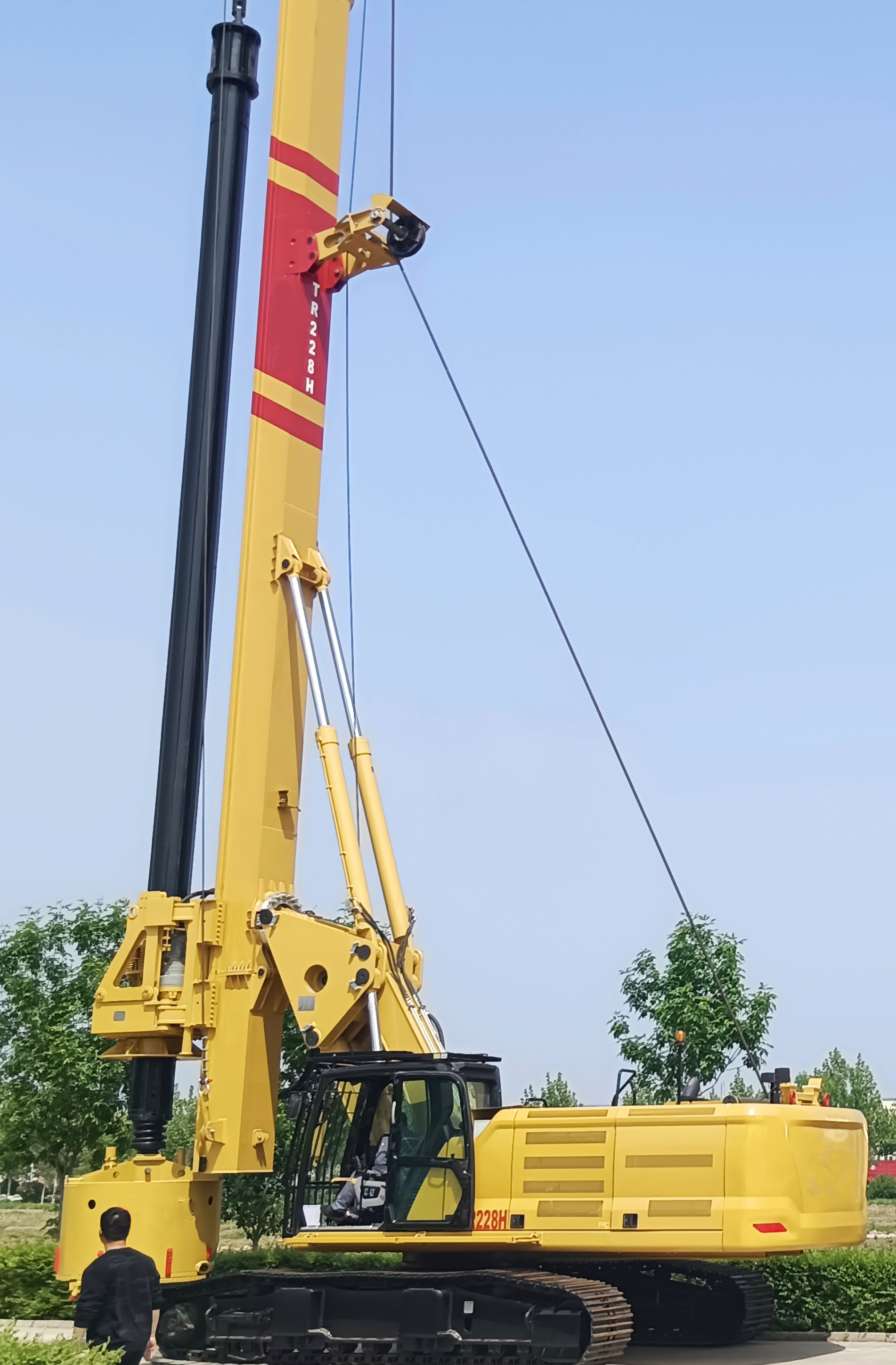1. Characteristics and pore forming risks of hard clay and mudstone formations
The biggest problem that hard clay brings to the drilling process is the difficulty of drilling and unloading soil.
Compared to the Quaternary sedimentary strata, the typical characteristics of mudstone are high strength, softening and high viscosity when in contact with water, and easy slippage.
The general circulating drilling rig has very little pressure, making it difficult for the drill teeth to cut through the rock layer when drilling in mudstone. The drill bit will keep slipping on the mud surface, resulting in extremely low drilling efficiency.
When using a rotary drilling rig to drill into mudstone, especially when the hole depth is large and it is not possible to use a machine lock drill rod that can directly apply pressure, if the drill bit design is improper, it is easy to have low drilling efficiency or even inability to drill in.
2. Construction method of rotary drilling
When drilling in hard clay, it is advisable to consider using a bulk drilling bucket or opening the bottom side of the bucket to improve soil unloading efficiency.
To improve the construction efficiency of rotary drilling and grouting piles in mudstone formations, the following measures can be taken.
(1) Prioritize using machine lock drill rods for drilling.
When using friction drill rods for drilling, it may be considered to increase the weight of the drill rod and bucket so that the drill teeth can penetrate into the mudstone and establish pressure smoothly.
(2) For strongly weathered and highly weathered formations, priority should be given to using V19 drill bits when arranging the drilling bucket teeth.
If necessary, layout design can be carried out by cutting notches, increasing the height difference of the teeth on the left and right sides of the drilling bucket, and appropriately increasing the rock entry angle. When arranging the teeth on the drilling bucket, alloy cutting teeth must be used to improve wear resistance and breaking ability.
(3) When the diameter of the foundation pile is large, graded drilling should be considered to form the hole.
The first level drilling can use a cylindrical drill bucket with a large aspect ratio to directly extract the core;
When drilling secondary holes, use a gear cutting outer head with the same diameter as the hole to drill.
(4) Avoid teeth being too sparse.
To avoid the same cutting trajectory on both sides of the drilling bucket, it is necessary to promptly repair the severely worn edge teeth, effectively avoiding excessive wear of the drilling teeth and drilling difficulties caused by bottom support.
Post time: Apr-11-2025


